RadioStack
Sub-GHz
Open Silicon
RadioStack
Sub-GHz
Open Silicon
The Maverick-603 FT8 receiver is a rare project that bridges amateur radio and open source chip design. This is part of what drove us to make this product a reality, as it seemed like the perfect way to combine two communities about which we were already passionate. Maverick-603 is the first commercially available, amateur-radio-focused device that contains an open source RF chip. We are extremely proud of this achievement!
We’d like to thank everyone who has given us their support throughout the project. Maverick-603 is not only RadioStack’s first product, it’s a foundation for the future of our company.
The exponential growth of open source technology has given many, including myself, the opportunity to create almost anything. However, the semiconductor industry has seemed almost immune to this growth, keeping itself and its tech behind impenetrable barriers. With the help of eFabless and their ChipIgnite Program, we were able to overcome these obstacles and make Maverick-603 a reality.
This draws attention to one of our main goals; to show the true capabilities of open source chip design and the possibilities that arise when they are realized. Expanding the reach of this community will allow for the development of technologies that many never thought would be within the grasp of open source tools.
The diagram above is a high level block diagram of our receiver design. First, the analog FT8 signals are received by an antenna, the upside down triangle on the far left. Next those signals are pushed through a bandpass filter. This filter removes all signals whose frequencies are outside of our target domain, while also removing noise. Once the signal has been filtered, it finally enters our chip, which acts as a Low-Noise Amplifier (LNA). An LNA, at a high level, essentially increases the volume of the signal so the decoder and computer can “hear” it better. Now that we have a signal we can work with, we need to modify it so the computer can understand it. At this point in the design the signal is still in analog form but computers can only understand digital signals, so the signal is passed through an Analog to Digital Converter (ADC) to convert the analog signal to digital. Finally, the signal passes is driven off-board to be decoded.
Designing our chip would not have been possible without the outstanding open source tools we were able to use:
The choice to create a device, and chip, focused on amateur radio seemed like an obvious choice given the passion of its community (our team included) and its acceptance of open source products.
When I was first looking into how Ham Radio worked I was drawn to the SDR (software defined radio) and digital mode sides. After some research and much needed help, I was able to build a DIY FT8 receiver using a Raspberry Pi, a standard SDR Dongle, a small antenna, and a Coax cable. Despite its simplicity, I was receiving signals from all over the world.
Our vision is that if we can give people the means to see how cool Ham Radio can be, it will expand the community to include those who have previously dismissed it due to its technical barriers to entry. This is exactly what we are attempting to do with Maverick-603.
By giving users a product that requires minimal technical knowledge to operate, Maverick-603 can engage new audiences in:
Also, given its compact size, it will eliminate the need for a lot of the bulky equipment and difficult set up usually required (problems the Ham community is all too familiar with).
FT8 is a digital mode (this basically means that it requires the use of a computer) in Amateur Radio that can be sent and received at weaker signal strengths than almost every other form of amateur radio. Meaning you can receive signals with much less hardware and software than would be needed for other modes. A good analogy for FT8 is texting on your phone, although if you dig into FT8 it becomes a bit more complicated.
Next, we need to learn the meaning of a “contact” or “QSO”. A QSO is one of the foundational elements of HAM Radio, and is simply an exchange between two radio operators (the people using the HAM Radio). Here is an example of a QSO using FT8 (which has a limit of 13 characters per message):
Me: CQ KC1RPX FN42GW
Response: KC1RPX K1XYZ FN41NX
FT8, like all modes, operates in frequency bands where messages can be sent and received. Maverick-603 is functional from 7-70 MHz, which covers the most popular FT8 bands, as shown below:
With this information in mind, it becomes clear why we chose to incorporate FT8 into Maverick-603:
| Maverick-603 | Ettus B200 | Ettus B210 | BladeRF x40 | LimeSDR Mini 2.0 | XTRX CS | bladeRF 2.0 xA9 | |
|---|---|---|---|---|---|---|---|
| Company/Creator | RadioStack | Ettus Research | Ettus Research | Nuand | Lime Microsystems | Fairwaves | Nuand |
| Interface | USB 3.0 | USB 3.0 | USB 3.0 | USB 3.0 | USB 3.0 | USB 3.0 | USB 3.0 |
| RF Chipset | MAV-603-OSC | AD9364 | AD9361 | LMS6002M | LMS7002M | LMS7002M | AD9361 |
| Frequency Range | 7MHz - 100MHZ | 70 MHz - 6 GHz | 70 MHz - 6 GHz | 300 MHz - 3.8 GHz | 10 MHz - 3.5 GHz | 30 MHz - 3.7 GHz | 47MHz-6GHz |
| Open Source Chip | Yes | No | No | No | No | No | No |
| Covers all popular FT8 bands | Yes | No | No | No | No | No | No |
| RX Channels | 1 | 1 | 2 | 1 | 1 | 2 | 2 |
| SMA (Antenna) Input | Yes | Yes | Yes | Yes | Yes | No | Yes |
| GPIO | Yes | Yes | Yes | Yes | Yes | Yes | Yes |
| Dimensions | 40 x 50 mm | 97 x 155 mm | 97 x 155 mm | 100 x 140 mm | 69 x 31.4 mm | 30 × 51 mm | 63 x 102 mm |
| Price | $149 | $1,175 | $1,900 | $520 | $399 | $490 | $860 |
Our custom, open source chip will be manufactured at the SkyWater Foundry in Minnesota through the eFabless ChipIgnite Program. Our PCB will be fabricated and assembled by a manufacturer in the US.
All Maverick-603 boards will be shipped to our backers using Crowd Supply’s fulfillment services. Once manufacturing is complete, we’ll make a bulk shipment to Mouser Electronics. From there, packages will be shipped out to individual backers. For more details, please have a look at this guide to ordering, paying, and shipping.
As with any manufacturing project, ours faces some potential risks and challenges, most notably:
If any unexpected delays affect our estimated ship date, we will notify backers and revise our production time line accordingly. If you have any questions about this project, you can reach us using the ‘Ask a technical question ‘ link below.
"New Hampshire-based RadioStack is looking to launch a piece of amateur radio equipment with a difference: the Maverick-603 is powered by free and open source silicon, built using the Efabless platform at a SkyWater fab."
"Maverick-603 from RadioStack is an affordable FT8 receiver board containing an RF receiver chip designed using fully open source tools and fabrication and capable of acquiring FT8 signals between 7 MHz and 70 MHz."
"RadioStack’s upcoming Maverick-603 is a software-defined radio with a difference: The receiver at its heart is open-source silicon, built as part of the OpenMPW shuttle program under Google’s sponsorship."
Produced by RadioStack in Manchester, New Hampshire.
Sold and shipped by Crowd Supply.
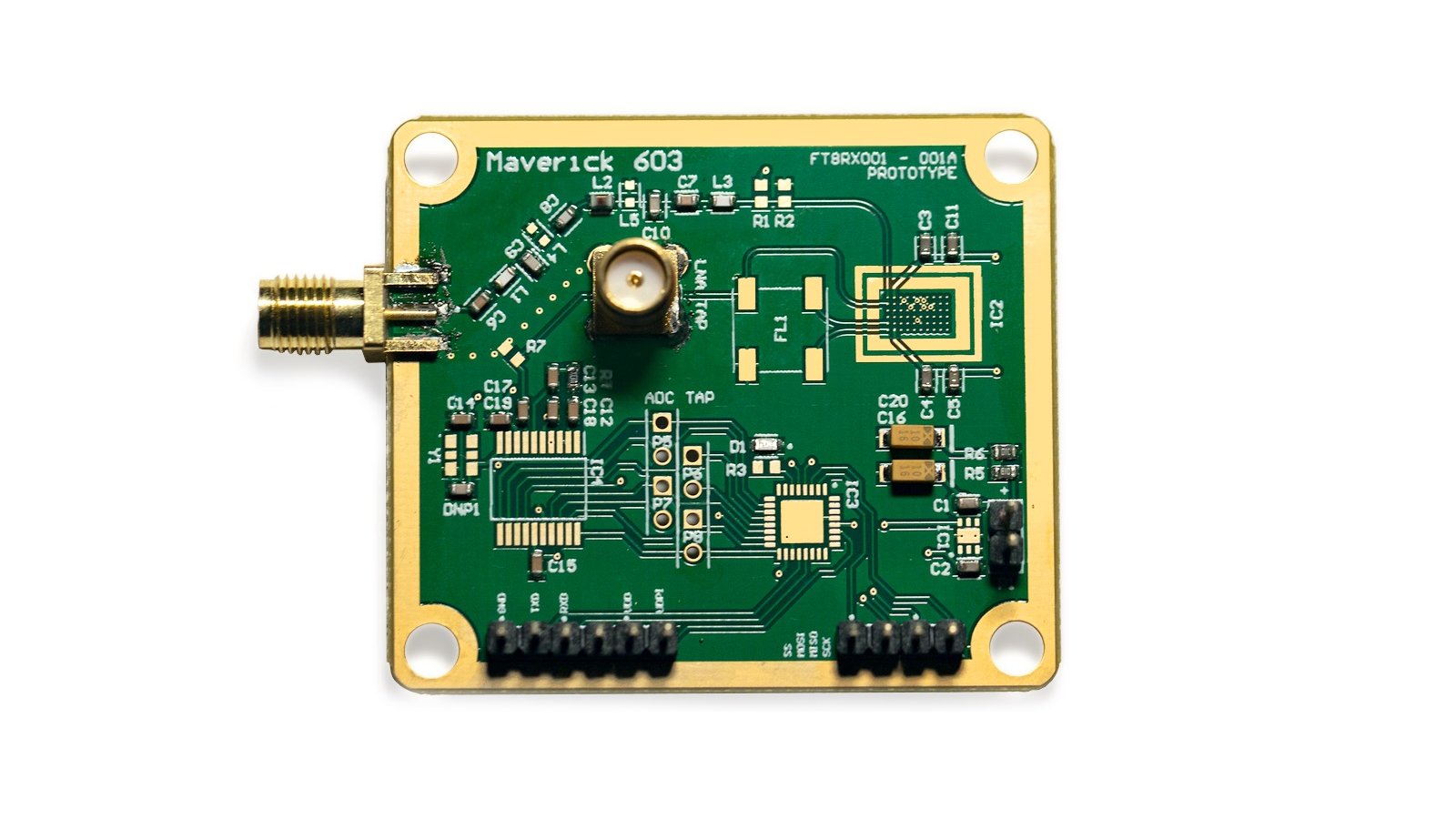
FT8 receiver board containing an RF receiver chip designed using fully open source tools and fabrication, which is capable of acquiring FT8 signals between 7 MHz and 70 MHz.
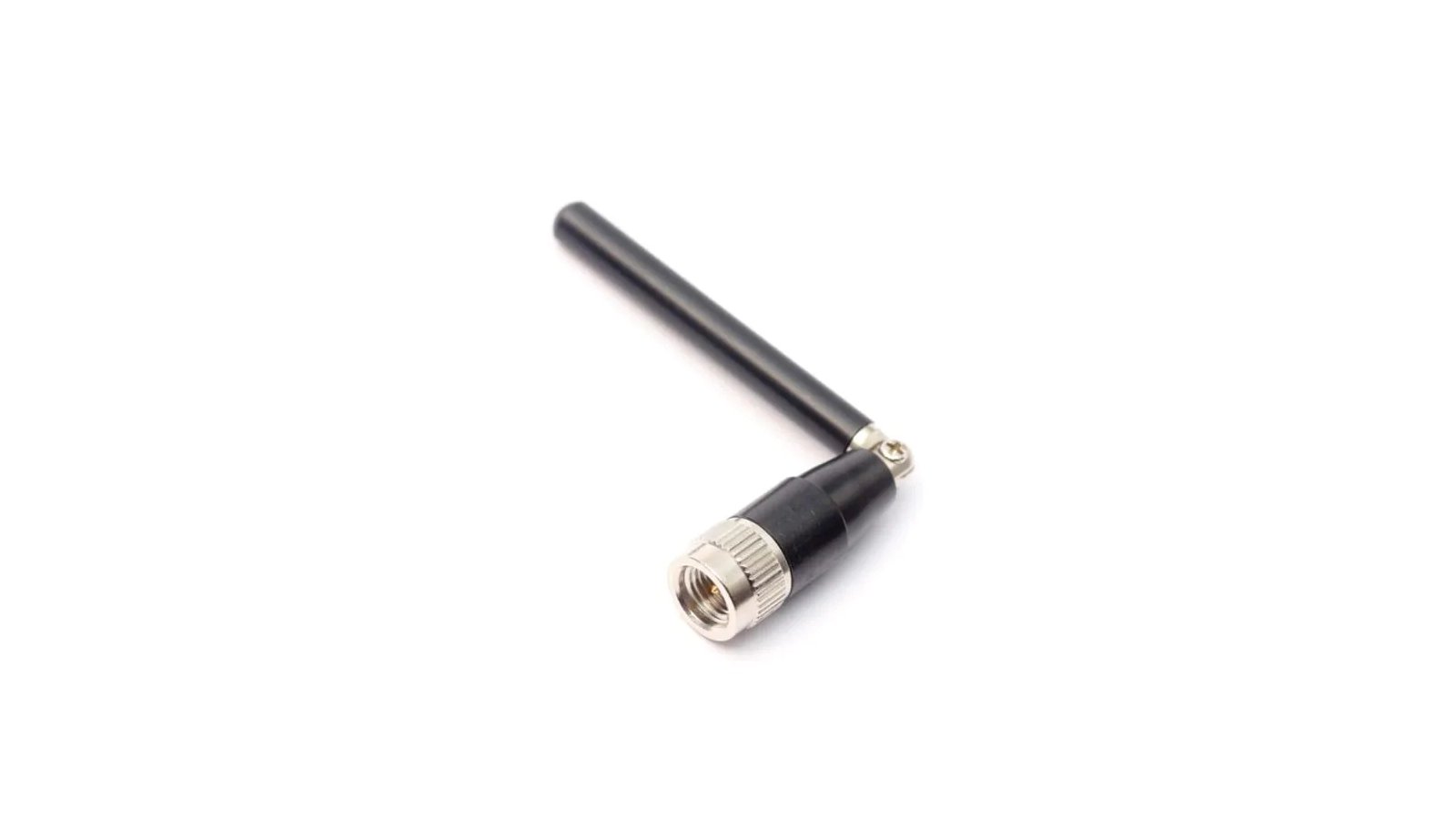
From the Crowd Supply Basics project.
A TG.09 4G/3G/2G cellular hinged SMA(M) mount monopole antenna.

Manchester, New Hampshire · radiostack_ · Radio-Stack
RadioStack is a hardware and semiconductor design company based in Manchester, NH. Being one of only a few organizations designing open source chips, we are at the forefront of emerging semiconductor technology. Our goal is to not only create amazing products, but to build the open source community in an area not accustomed to it.
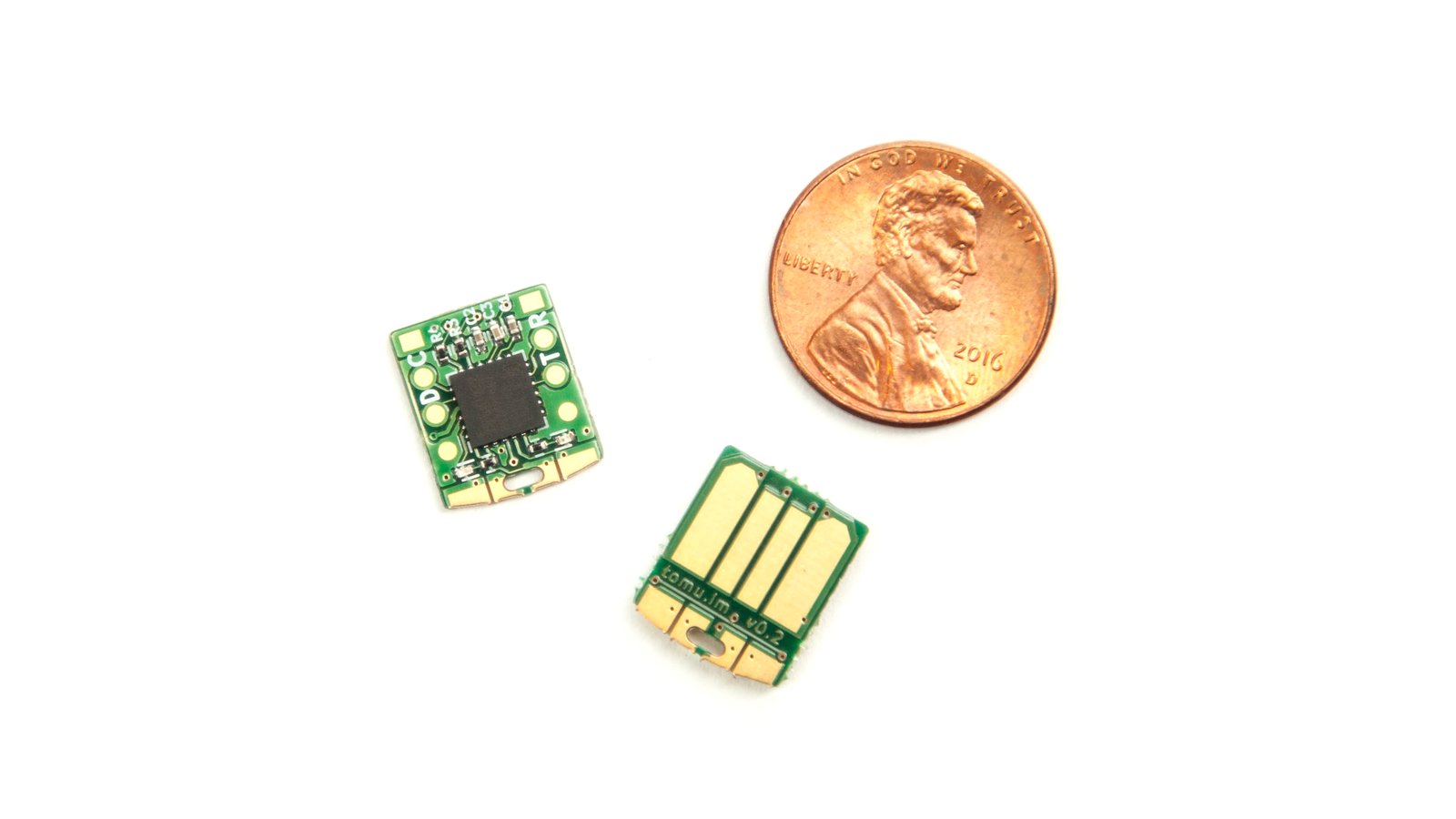
An ARM board that fits inside your USB connector
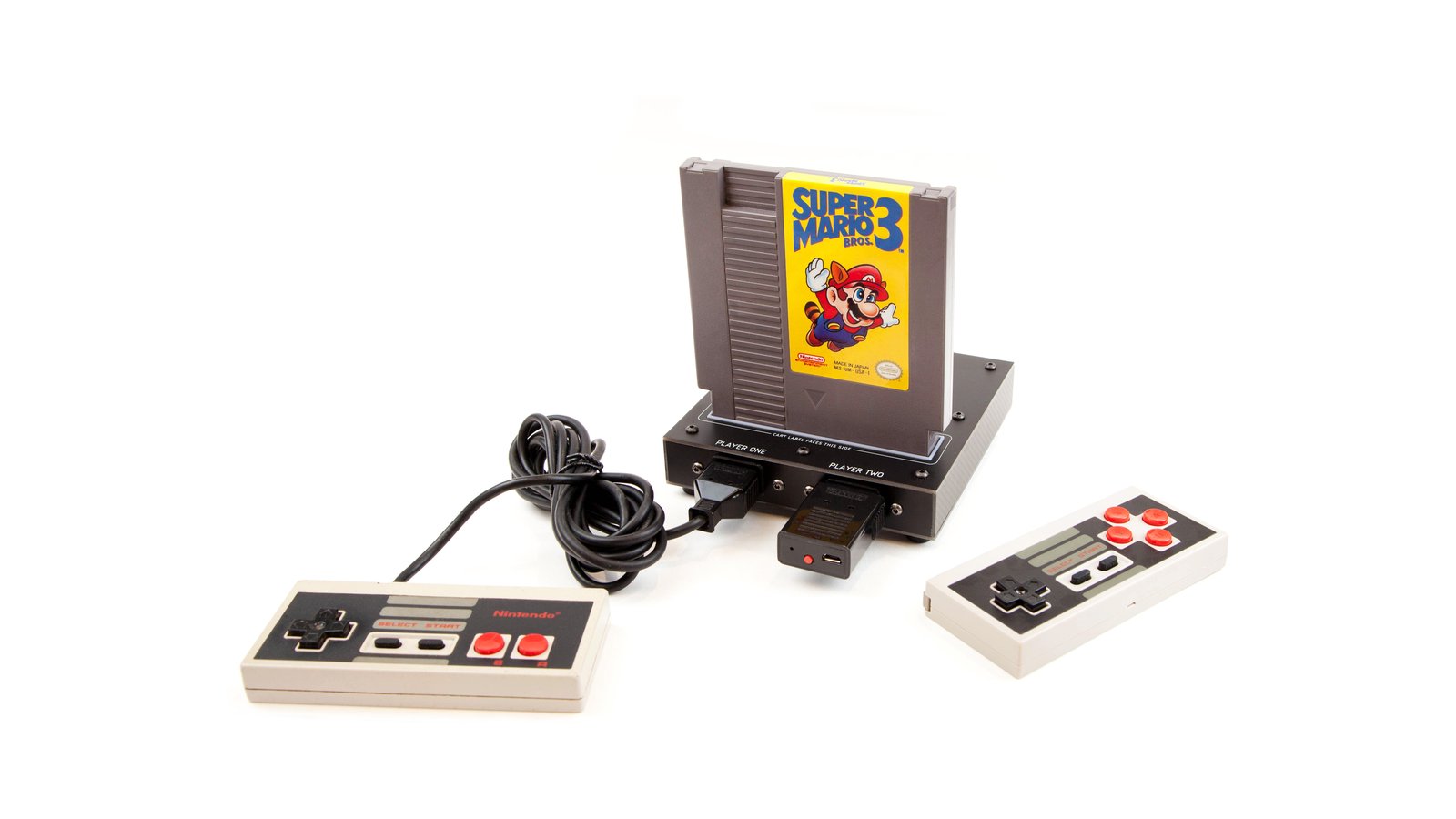
Classic NES games on open source hardware that fits in the palm of your hand
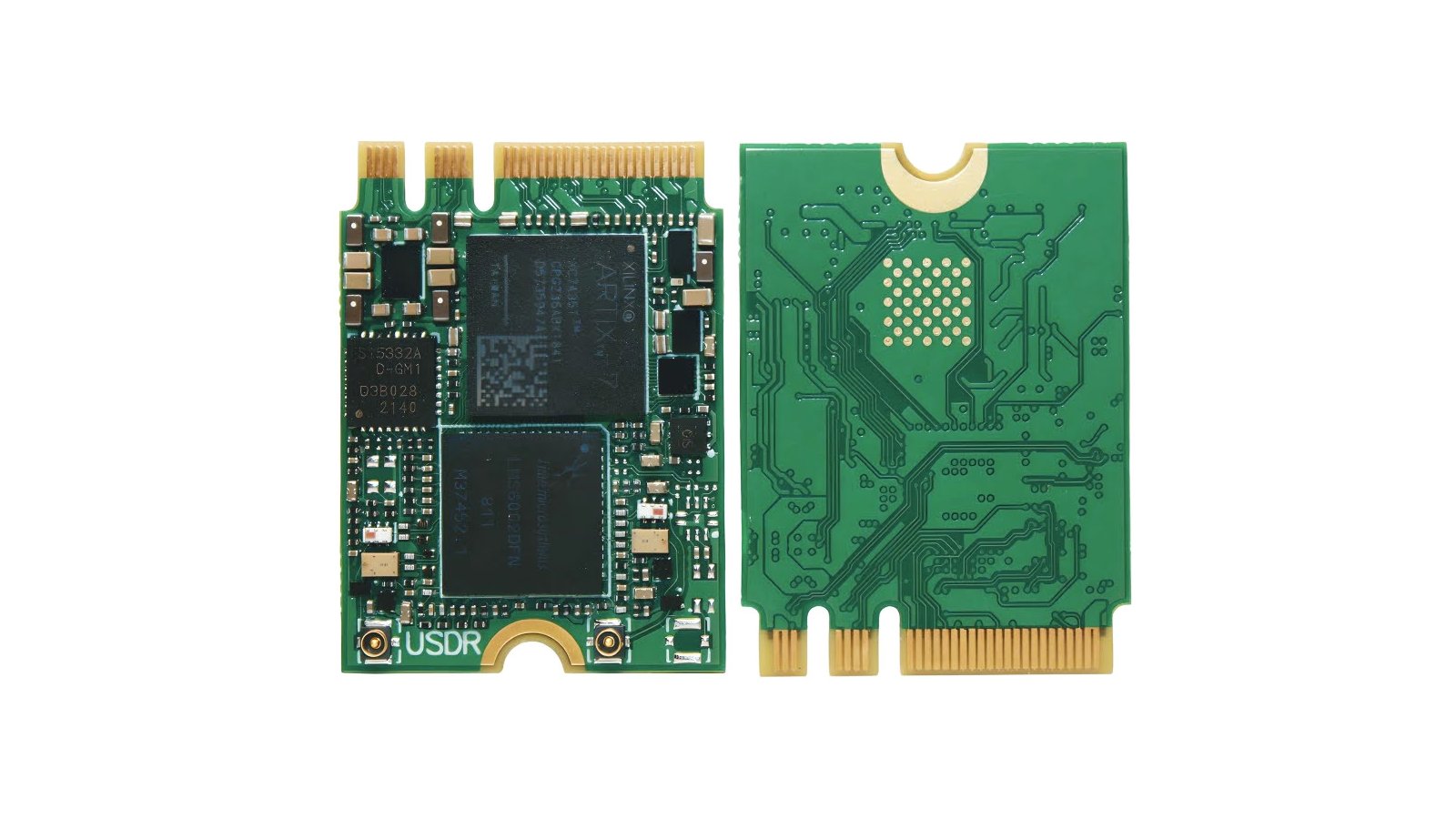
A tiny, single-sided M.2 SDR board that you can operate easily using your web browser